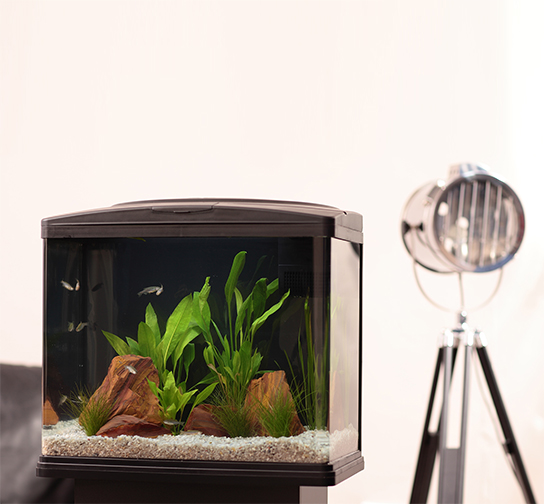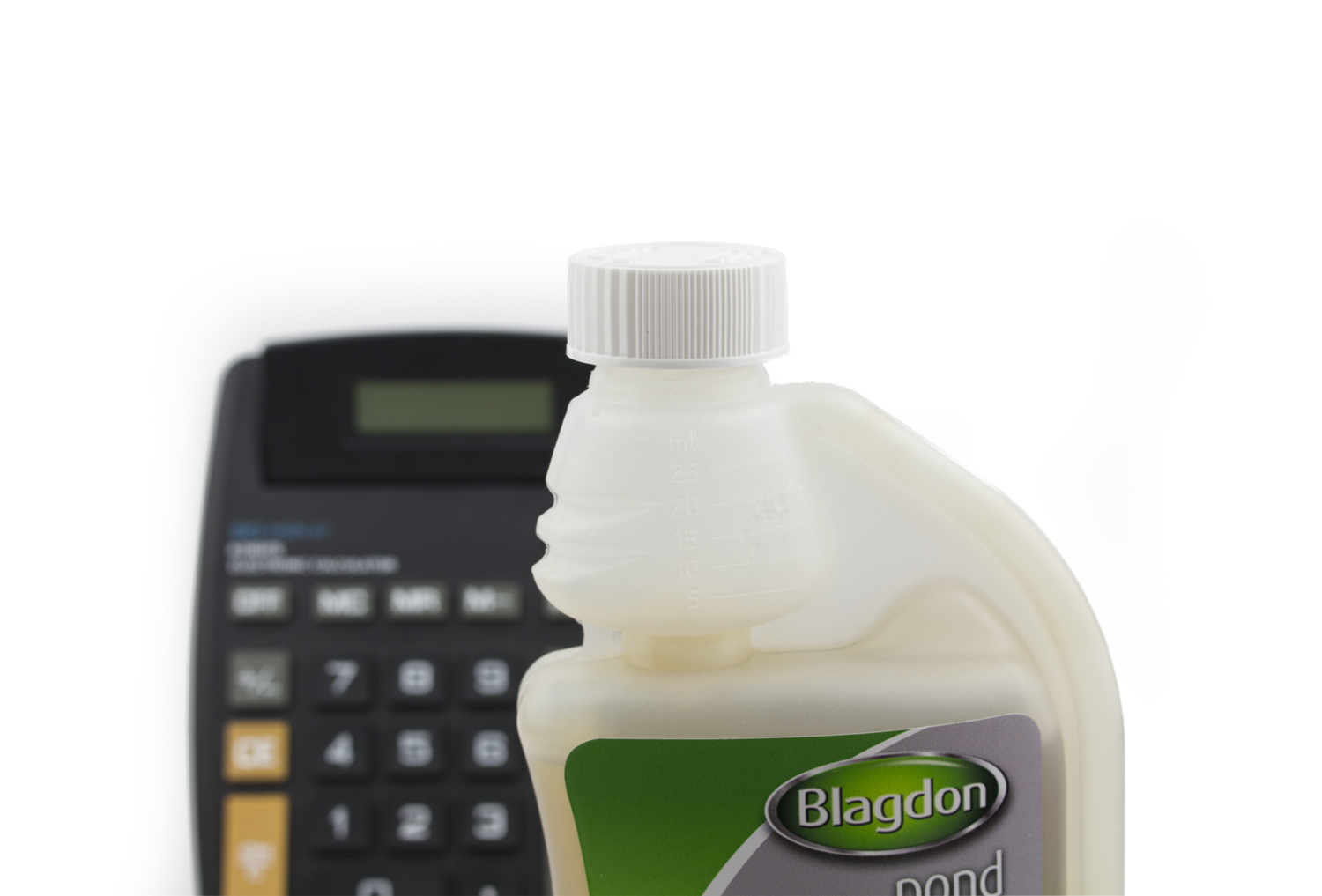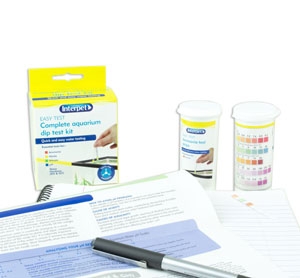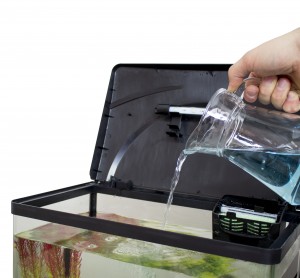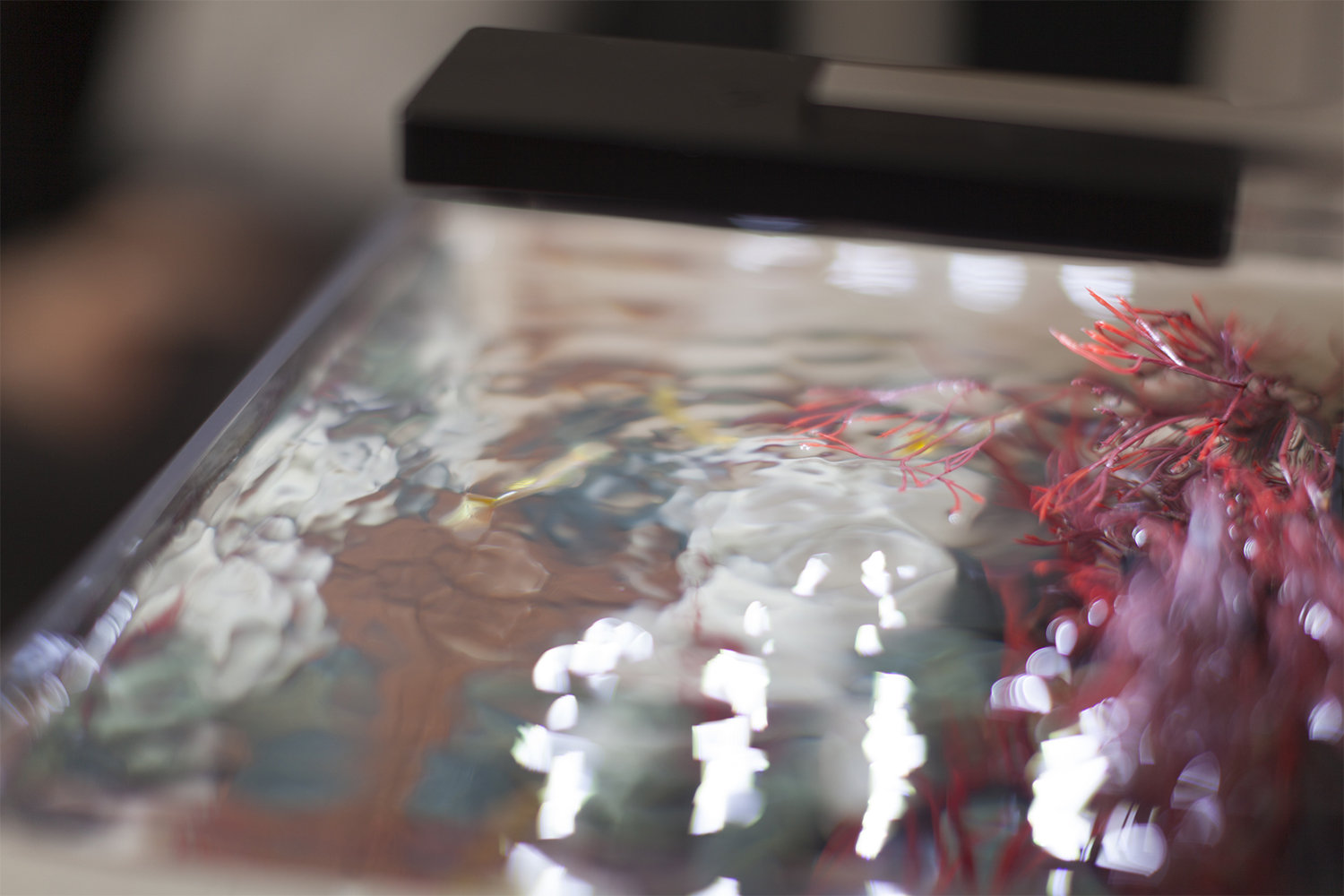
What is New Tank Syndrome?
“New tank syndrome” is commonly experienced in the first weeks of a new aquarium and is caused by an immature filter.
New Tank Syndrome is a term used to describe problems that occur due to the build-up of invisible, toxic compounds in an aquarium. It gets its name as the issue is most likely to occur when your filter is maturing when starting a new aquarium. The full population of friendly bacteria can take up to 2 months to establish in your filter to a level where they are able to process all the waste being produced by your fish.
New tank syndrome is extremely common and can be a very frustrating and upsetting start to fish keeping as it often results in the death of your lovely fish. However, understanding its causes can help you to minimise or avoid problems completely.
Understanding the role of your filter and particularly the chemistry of the biological filtration bacteria driven “Nitrogen cycle” before you start your aquarium is the best way of stopping new tank syndrome starting in the first place.
The Nitrogen Cycle is a natural biological process that which occurs in your filter and helps to maintain a healthy environment for your fish. The image below explains how the Nitrogen Cycle works, bacteria living on the biological media in your filter change very toxic Ammonia excreted by fish and the breakdown of waste into less toxic Nitrite and then to relatively safe Nitrate.
However, this Nitrogen cycle process takes a while to establish in a new filter you can help avoid toxic waste build up causing New Tank syndrome by:
- Adding a product like Fast Filter Start with your first couple of fish which will help your filter bacteria mature faster.
- Introduce fish gradually starting with a few “hardy” varieties which can cope with the waste levels in a new aquarium. Once the filter is mature (the whole Nitrogen cycle is established so that there is no Ammonia or Nitrite) slowly add a few fish at a time until you reach the advised maximum stocking level for your aquarium, this allows the friendly bacteria to grow to match the waste being produced by the fish.
- Feed sparingly to begin with, fish need a lot less food than many people think and are used to going long periods in the wild without food. It is crucial in the first few weeks to feed sparingly once or twice a day removing any uneaten food after 5 minutes. More fish die of over feeding than underfeeding and the excess food will make the filter’s job a lot harder.
- Monitor your water quality! Many water problems are invisible to us so don’t just sit back assuming everything is ok in there. Test the levels and make a note of the results, it’ll make it much easier to fix a problem later.
- Carry out regular water changes – 25% once a week in new aquariums- this removes and dilutes toxic waste compounds (ammonia and nitrite) to help whilst the filter matures. Later you will be able reduce water change frequency to once a month.
Just remember that patience and vigilance are key. Don’t rush, enjoy your aquarium.



